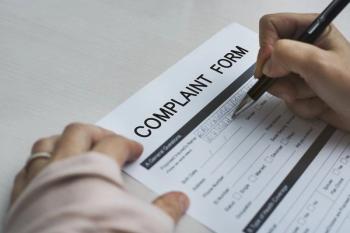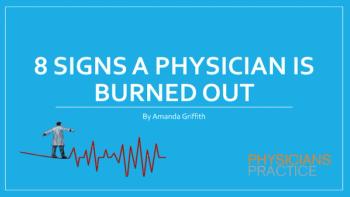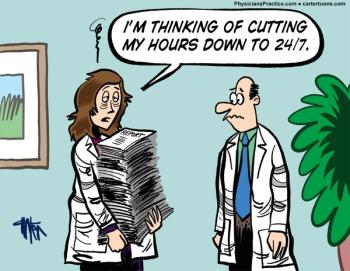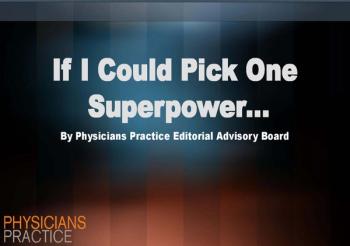
Cultural barriers and socioeconomic challenges create barriers to psychiatric care among minorities. But, physician assistants can help.

Cultural barriers and socioeconomic challenges create barriers to psychiatric care among minorities. But, physician assistants can help.

The 10 types of communication patients say are important to them and, in many cases, what they wished they received.

Studies indicate that 75 percent of online visitors never search beyond the first page of Google when looking for a healthcare practice or physician in their area. If your website does not appear on the first page of search results, you need to work harder.

There is recognition among traditional health care organizations that we need to change drastically and quickly in order to meet the needs of all our patients.

The push to provide customer service comes at a cost to the physician-patient relationship.

Be aware that the way you present medical information to your patients has a strong influence on their risk perception and, ultimately, their decisions regarding treatment.

Healthcare practitioners and marketers want patients to leave reviews. Unfortunately, not all reviews are positive and constructive. Here’s how to handle negative reviews so they don’t damage your practice’s growth or reputation.

An app that gets patients to pick up their phone without giving them your personal number.

Parting ways with patients and staff is a difficult and emotional process. Here’s some gentle guidance.

Two cards tacked to a covered bulletin board help one physician remember why she practices medicine.

When patient discharges are necessary, here are some considerations on how to release patients with compassion and care.

Getting your patients to take the first step towards better health can be a struggle. Here is a simple reframing technique that could help.

Patient grievances about their visits to medical practices can be sorted into three categories that require action by all employees.

If you think a patient advocate is a nuisance, think again. They help physicians, just as much as they help patients.

Physician burnout and disengagement is an epidemic in health care and threatens the way physicians treat patients.

Searching for medical information via electronic records is great …when the data you need is in there.

One physician finally succumbs to adjusting her work schedule to reduce burnout-sort of.

The most effective treatments are almost always a combination of chemistry and lifestyle which does not reflect a deficiency of either.

Likeability, avoiding jargon, and showing empathy are three strategies that can improve patient relations.

This doctor says that direct-to-consumer advertising of medications leads patients to get the wrong idea about their treatment plans.

Our editorial advisory board tells us what superpower they would possess and why.

A recent case in New York shows physicians how expensive a major data breach can be from a financial, reputational and legal standpoint.

From data analysis to violence prevention, here are seven ways for your practice to avoid putting patient safety at risk.

Patients who want things to be done right then and there are typically broken up into two groups. Here's a breakdown of both.

Practices are facing stiff competition in health care these days, here are five ways to ensure your patients keep coming back.